Contents | Chitanda Eru’s Bookshelf
(Source: Honobu Yonezawa and the Classics Club)
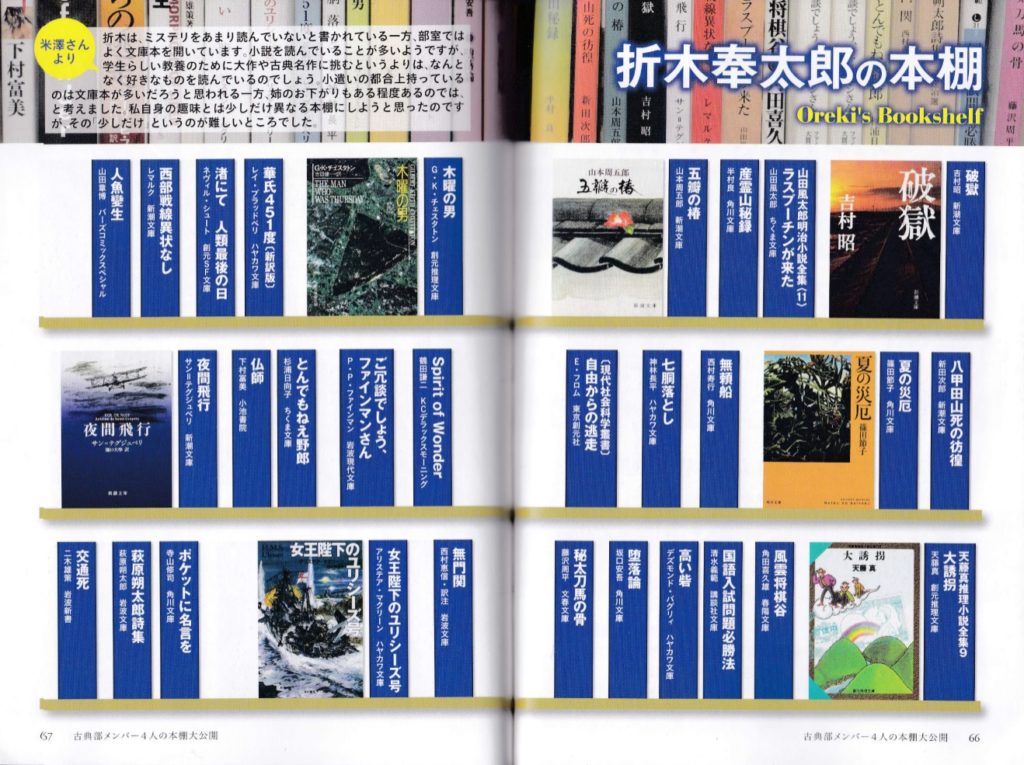
Note from Yonezawa-san: While Oreki is written as not having read much mysteries, he is always reading a small paperback book in the club room. He often reads novels, but rather than taking on masterpieces and classic works as students usually do to supplement their education, he probably reads whatever he likes. Considering his allowance, he would own more paperback books, but I also thought that he would have some hand-me-downs from his sister. I thought I would make his bookshelf with my tastes, but with some slight differences, but it was hard to come up with those “slight differences”.
(The order the books are listed is right to left, top to bottom)
First page
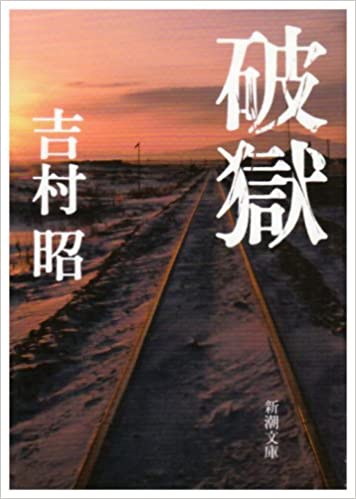
On Parole (Akira Yoshimura)
This book tells the story of Shiro Kikutani, a man who is serving an indefinite prison sentence for the murder of his unfaithful wife. He is granted parole after fifteen years for good behavior, and after his release he struggles to readjust to a society he no longer recognizes. (Source: Wikipedia)
Futaro Yamada Meiji Novels Complete Works Vol 11: Rasputin Came (Futaro Yamada)
This is a story about the early days of Akashi Motojiro, the mysterious man who led Japan to victory in the Russo-Japanese war by fuelling the civil unrest within Russia. In the 23rd year of the Meiji era, the mad monk Rasputin secretly arrives in Japan, and acts behind the scenes, plotting to assassinate the Emperor of Russia. This battle of demons between Japan and Russia involves even Anton Chekhov1, Futabatei Shimei2, Maresuke Nogi3 and Ogai Mori4. (Source: Amazon)

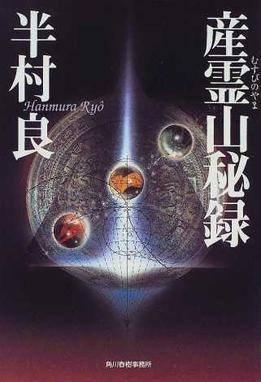
The Secret History of Mt. Musubi (Ryō Hanmura)
An epic historical fantasy novel reinterpreting 400 years of Japan’s history through the perspective of the secretive Hi family, whose members wield mystical capabilities. All throughout history, the Hi family has been subtly manipulating Japan’s greatest historical events from behind the scenes, leading the country to its modern formation. (Source: Wikipedia)
The Scarlet Camellia (Shugoro Yamamoto)
This novel is about a woman who, after her beloved father’s death from tuberculosis, swears to take revenge by killing her mother and the men who was responsible for her father’s ailing condition. (Source: Wikipedia)
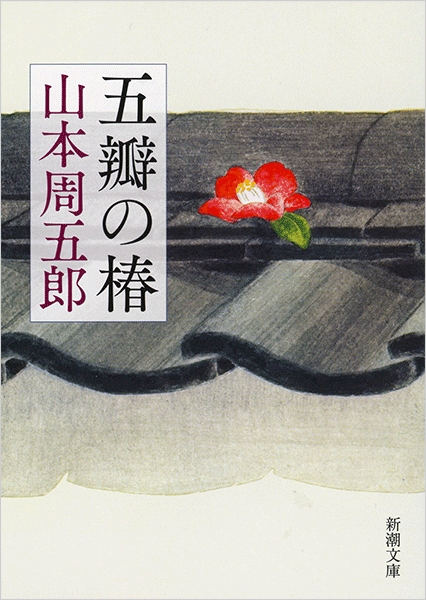
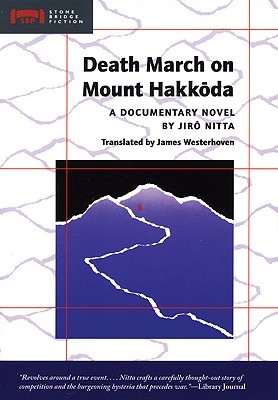
Death March on Mount Hakkōda (Jirō Nitta)
In a military training mission gone tragically wrong, 210 soldiers ascend Mount Hakkoda in the dead of winter and only eleven return. This fictionalized account of a true incident remains one of Japan’s most poignant stories about soldiers’ courage and the dangers of reckless leadership. (Source: Google Books)
Summer Calamity (Setsuko Shinoda)
A strange illness similar to the eradicated Japanese encephalitis strikes a suburban town. The residents panic from the government’s lack of action, beginning the season of evil. (Source: Amazon, with thanks to u/rusou)

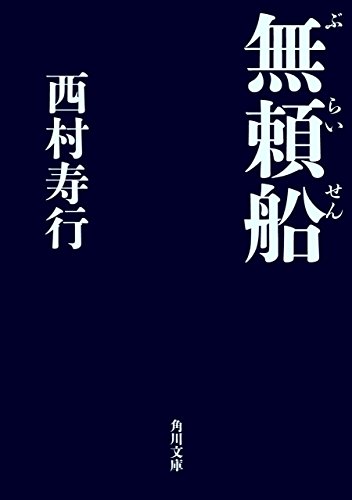
Buraisen (Jūkou Nishimura)
A worn-out, aperiodic freight ship sails off the coast of Japan. It is known for its crew members’ decadent attitudes, earning it the nickname “Buraisen” (The Ship of Decadence). This book tells the exciting action romance story set in the ocean, of the six violent men on the ship who bear their own pasts. (Source: Amazon)
Fall of Seven Bodies (Chōhei Kambayashi)
A girl suddenly slits her wrists with a knife and kills herself for no reason, but that is part of a children’s game to force others to do their bidding via telepathy. However, the telepathic powers will fade away when the children become adults. This SF story tells the frustration and discomfort of those children as they are trapped in a strange deadlock, on the verge of becoming adults. (Source: Amazon)
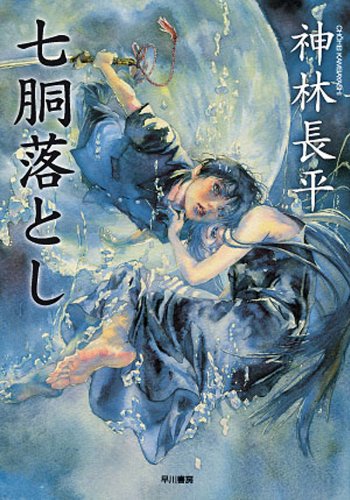

The Fear of Freedom (Erich Seligmann Fromm)
A social psychology book which explores humanity’s shifting relationship with freedom, with particular regard to the personal consequences of its absence, specially emphasizing the psychosocial conditions that facilitated the rise of Nazism. (Source: Wikipedia)
The Great Kidnapping (Shin Tendō)
Hayashiou Ōyama’s grandmother was kidnapped, and the criminals want 10 billion yen as ransom, as well as the incident to be relayed on television. The local television station is excited to make a nationwide broadcast for the first time. (Source: Amazon)

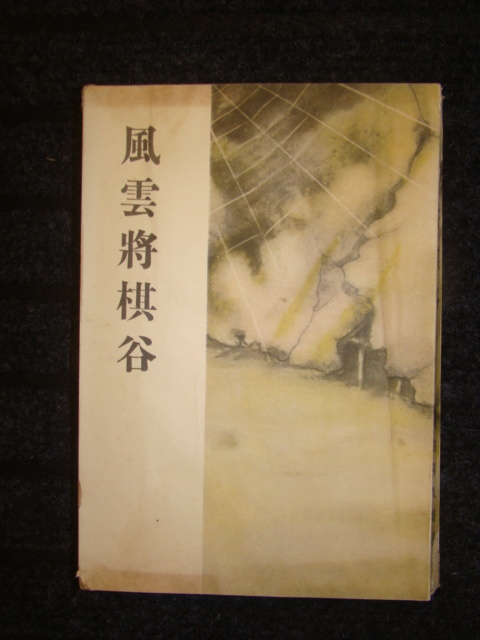
Fūun Shogi Tani5 (Kikuo Tsunoda)
The Shiun-style nawajutsu6, Samidare Rope, is used by Okinu, a 19 year old girl in the prime of her youth, charming as a peony flower, and the only daughter of Butsu no Nikichi, a door-to-door tradesman hailed as “The Famous Hunter of Shinda Renjaku Town”. She is helped by a pleasant man known by people as “Shooting Star Utarou” for the five moles on his right arm. He seems to be a young Kabuki actor but is actually a phantom thief admired by the people of Edo as a hero. At that time, a mysterious person called Scorpion Master acts behind the scenes to terrorize the streets of Edo with his poisonous scorpions. And thus, the Valley of Shogi swirls with dark clouds and mystery… (Source: Amazon)
Japanese Entrance Exams for Earnest Young Men (Yoshinori Shimizu)
Contrary to what the title might suggest, this is not a workbook for students, but is actually a parodic novel, about a tutor and pupil preparing for the Japanese-language section of the entrance examinations. It criticizes the typical multiple-choice and short-answer style questions in such exams, as well as the system of entrance examinations itself. (Source: The Columbia Companion to Modern East Asian Literature)
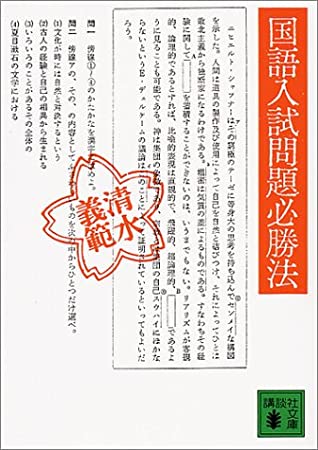

High Citadel (Desmond Bagley)
In the biting cold of the Andes, their hi-jacked plane crash-landed, Tim O’Hara’s passengers are fighting for their lives. While O’Hara leads one group along a deadly, snow-covered pass, the other is working to stall the armed soldiers who plan to kill them all. Ingenious ideas are put into action as they attempt to survive until help arrives. (Source: Goodreads)
Discourse on Decadence (Ango Sakaguchi)
An essay that examines the role of bushido7 during World War II. (Source: Wikipedia)
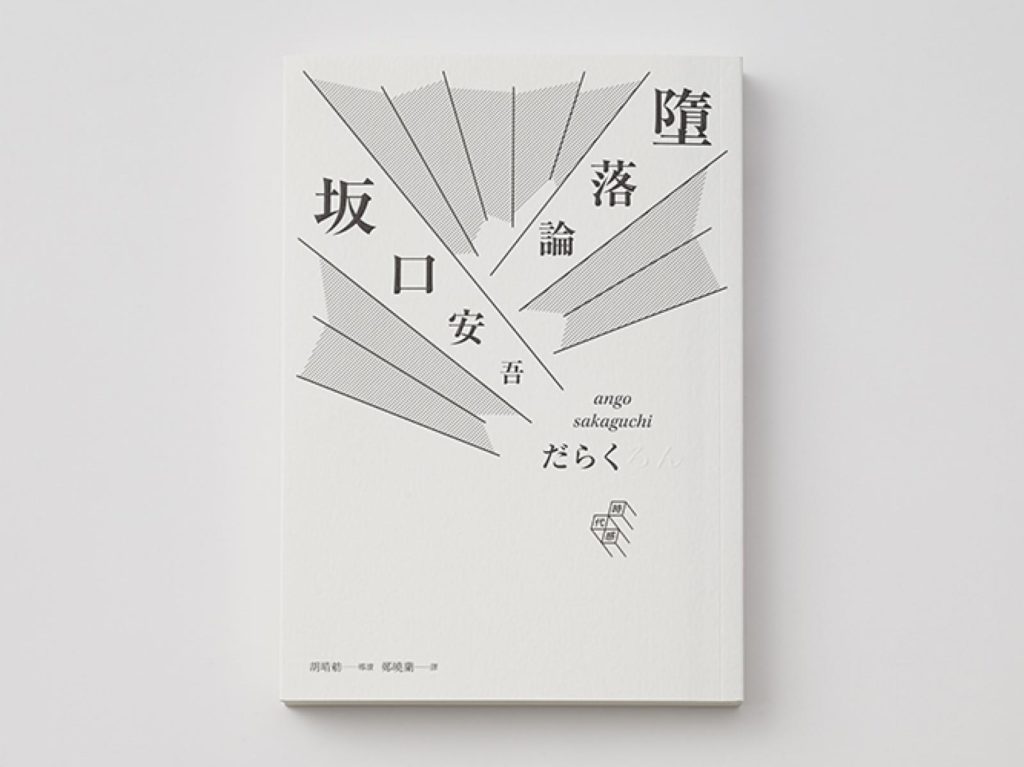

The Hidden Tachi8: Horse Bone (Shuhei Fujisawa)
The phantom blade, Horse Bone, was used in the assassination of chief retainers of a feudal domain in the northern part of the country. After six years, during which the culprit was still not found, Hanjurou and Ginjirou are tasked to investigate that tachi hidden in the darkness, so they challenge every swordsman in the domain. Before long, they start to see a shadowy feud raging in the government regarding that hidden tachi… (Source: Amazon)
Second Page
The Man Who Was Thursday (G. K. Chesterton)
G. K. Chesterton’s surreal masterpiece is a psychological thriller that centers on seven anarchists in turn-of-the-century London who call themselves by the names of the days of the week. Chesterton explores the meanings of their disguised identities in what is a fascinating mystery and, ultimately, a spellbinding allegory. (Source: Goodreads)
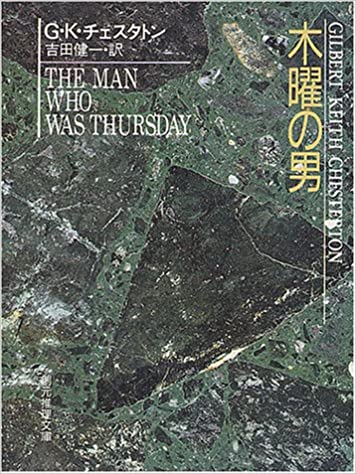
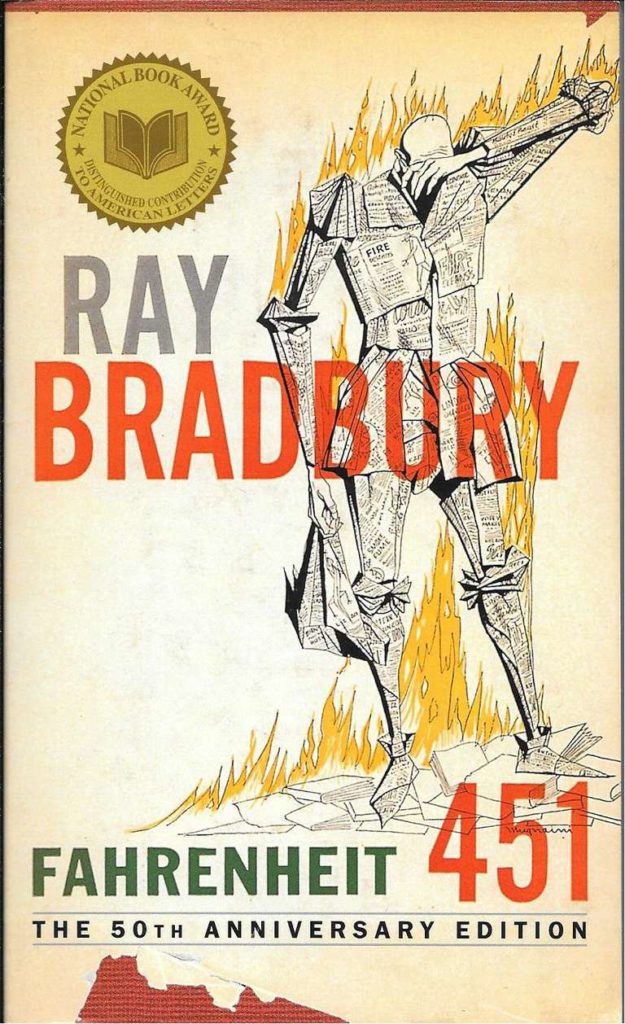
Fahrenheit 451 (Ray Bradbury)
A novel set in a future dystopian America where books are outlawed and “firemen” burn any that are found. The lead character, Guy Montag, is a fireman who becomes disillusioned with his role of censoring literature and destroying knowledge, eventually quitting his job and committing himself to the preservation of literary and cultural writings. (Source: Wikipedia)
On the Beach (Nevil Shute)
A post-apocalyptic novel which details the experiences of a mixed group of people in Melbourne as they await the arrival of deadly radiation spreading towards them from the Northern Hemisphere, following a nuclear war a year previously. As the radiation approaches, each person deals with impending death differently. (Source: Wikipedia)


All Quiet on the Western Front (Erich Maria Remarque)
In 1914 a room full of German schoolboys, fresh-faced and idealistic, are goaded by their schoolmaster to troop off to the “glorious war”. With the fire and patriotism of youth they sign up. What follows is the moving story of a young “unknown soldier” experiencing the horror and disillusionment of life in the trenches. (Source: Goodreads)
Mermaid Metamorphosis (Akihiro Yamada)
A manga published in 1982 about a ship doctor who meets a beautiful girl who is unable to speak or walk at the entertainment district in Shanghai. Falling in love with the girl, the doctor hides her and sneaks her onto the ship, and they sail together, when an accident occurs… (Source: https://ameblo.jp/blue-seamade/entry-11489910242.html)
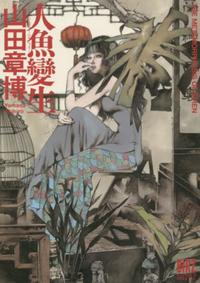
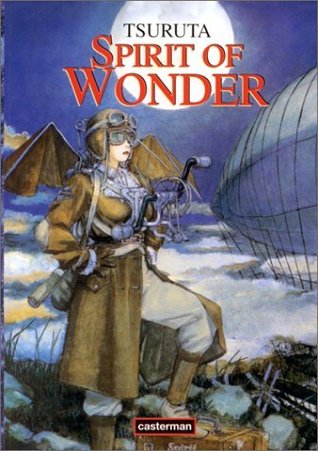
Spirit of Wonder (Kenji Tsuruta)
China is a lovely young woman, the kind of beauty people write songs about or name stars after. She’s as spectacular as Fourth-of-July fireworks and as striking as lightning, and Jim Floyd the technical assistant to the crazed Professor Breckenridge, just got struck! In fact, he’d give China the moon if he could. Odd thing is, he can. So that’s just what he intends to do. Spirit of Wonder is a delightfully touching tale by one of Japan’s most respected manga masters. (Source: Goodreads)
Surely You’re Joking, Mr. Feynman! (Ralph Leighton and Richard Feynman)
Richard Feynman, winner of the Nobel Prize in physics, thrived on outrageous adventures. Here he recounts in his inimitable voice his experience trading ideas on atomic physics with Einstein and Bohr and ideas on gambling with Nick the Greek; cracking the uncrackable safes guarding the most deeply held nuclear secrets; accompanying a ballet on his bongo drums; painting a naked female toreador. In short, here is Feynman’s life in all its eccentric—a combustible mixture of high intelligence, unlimited curiosity, and raging chutzpah. (Source: Goodreads)
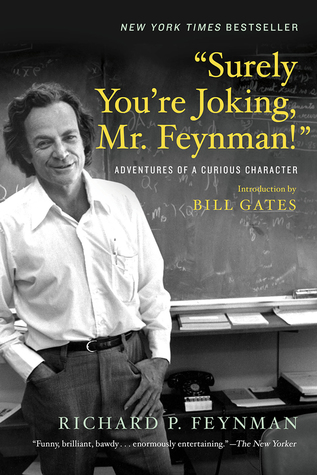
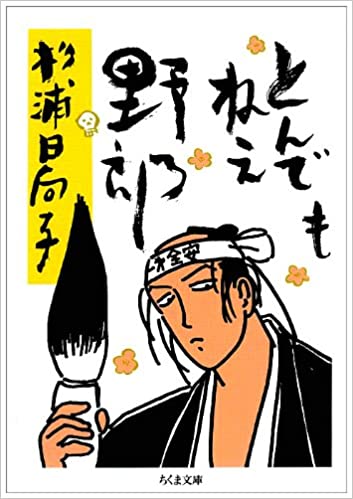
That Unbelievable Bastard (Hinako Sugiura)
A manga published in 1995 and set in the Edo period portraying the daily life of a dojo master of Konnyaku Island, Hikojirou Momozono, who does whatever he wants. He defaults on his debts, dines and dashes, returns home in the mornings9… and lives a dissipated life as a poor gokenin10. (Source: Amazon)
Busshi (Fumi Shimomura)11
In a small country on the border where the scars of war have yet to heal, Princess Yato, who is called a shinigami12, has been married to the feudal lord. A Buddhist image maker named Obito takes one good look at her face and wishes to carve her face on a Buddha statue. A turbulent, passionate manga illustrating a man who viciously lived while continuously questioning the meaning of life. (Source: Manga Planet)
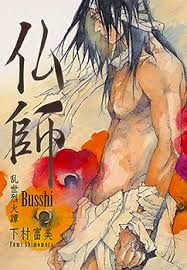
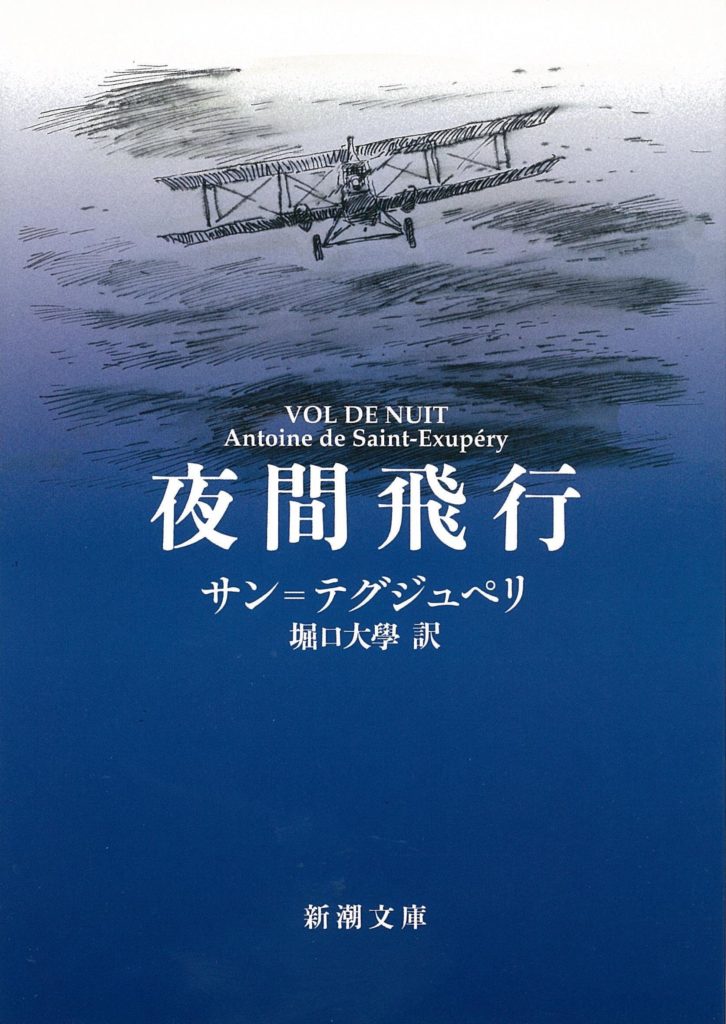
Night Flight (Antoine de Saint-Exupéry)
In this gripping novel, Saint-Exupéry tells about the brave men who piloted night mail planes from Patagonia, Chile, and Paraguay to Argentina in the early days of commercial aviation. (Source: Goodreads)
The Gateless Barrier (Eshin Nishimura)
A modern interpretation of The Gateless Barrier, a collection of 48 Chan (Zen) koans13 compiled in the early 13th century by the Chinese Zen master Wumen Huikai. The common theme of the koans of the Wumen Guan is the inquiry and introspection of dualistic conceptualization. Each koan epitomizes one or more of the polarities of consciousness that act like an obstacle or wall to the insight. The student is challenged to transcend the polarity that the koan represents and demonstrate or show that transcendence to the Zen teacher. (Source: Wikipedia
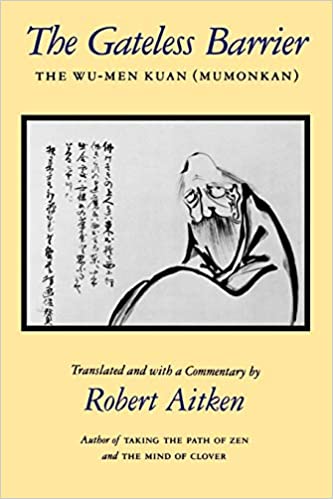
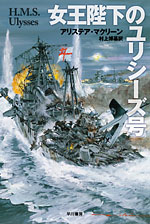
HMS Ulysses (Alistair MacLean)
The novel features HMS Ulysses, a light cruiser that is well armed and among the fastest ships in the world. Her crew is pushed well beyond the limits of endurance and the book starts in the aftermath of a mutiny. Ulysses puts to sea again to escort FR-77, a vital convoy heading for Murmansk. They are beset by numerous challenges: an unusually fierce Arctic storm, German ships and U-boats, as well as air attacks. (Source: Wikipedia)
Wise Sayings In Your Pocket (Shūji Terayama)
An unconventional collection of wise sayings that includes song lyrics and quotes from movies. (Source: Amazon)
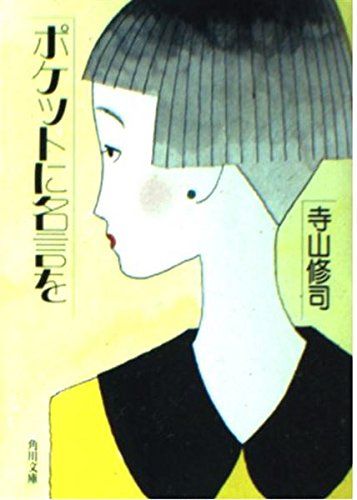
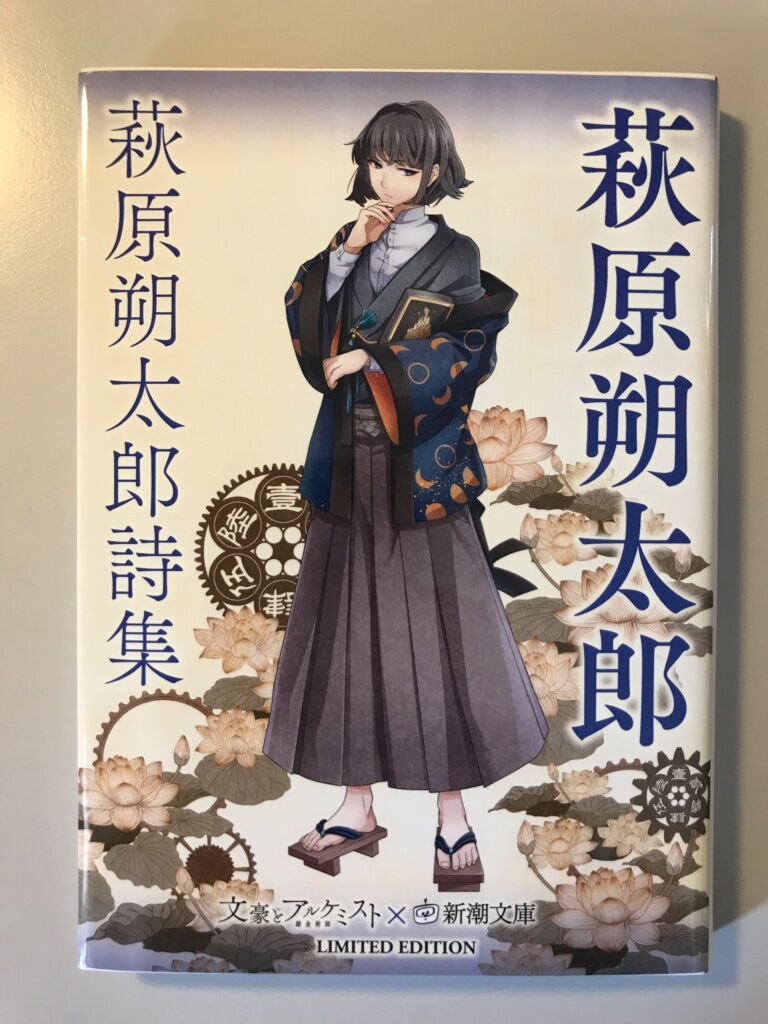
Sakutarō Hagiwara Poem Anthology (Sakutarō Hagiwara)
A collection of poems by Sakutarō Hagiwara, Japanese writer of free-style verse, active in the Taishō and early Shōwa periods of Japan. He liberated Japanese free verse from the grip of traditional rules, and he is considered the “father of modern colloquial poetry in Japan”. (Source: Wikipedia)
Traffic Death (Yuusaku Futatsugi)
A detailed recount of the investigation, trial, compensation and civil litigation surrounding the death of the author’s wife by traffic accident. Yuusaku Futatsugi wrote this book because he felt that people have taken it for granted that more than 10,000 people die every year in traffic accidents in Japan, and he wanted to recast his wife’s death as a human being, rather than as just a statistic. (Source: Amazon)

Contents | Chitanda Eru’s Bookshelf
This post is made possible by our amazing patrons!
Captains (Tier 3) : SuperKatsu, Marieta Tan
Editors (Tier 2) : Joshua Fisher, Yazmin Arostegui, Bennet Kilian, Steven Baltakatei Sandoval, Slush56, Alicia Kernen, Ashley Soffietti, Siu-Len Navarro
Assistants (Tier 1) : Jaime Cuellar, Karen Kronenberg, redlegsfan21, Anna, Definitelynotme, Rolando Sanchez, Kevin Kohn, Ioan Paphitis, Francis
Thank you very much for all your support!
- A Russian playwright and short-story writer who wrote hundreds of short stories and is considered to be among the greatest writers of short fiction in history.
- A Japanese author, translator and literary critic. His work Ukigumo
is widely hailed as Japan’s first modern novel. - A Japanese general in the Imperial Japanese Army, he was a prominent figure in the Russo-Japanese war, as commander of the forces which captured Port Arthur from the Russians.
- A Japanese Army Surgeon general officer, translator, novelist, poet who started keeping a poetic diary during the Russo-Japanese war, and is considered one of the leading writers who modernized Japanese literature.
- Translated literally as “Valley of Clouds, Wind and Shogi”, but “clouds and wind” in this context could also refer to “an energy that significantly affects the world”. Shogi is a chess game quite similar to International Chess, but one key difference is that captured pieces can be placed on the chess board again.
- The traditional Japanese martial art of restraining a person using cord or rope.
- The way of the samurai, which espouses sincerity, frugality, loyalty and honor.
- A tachi is a blade like a katana, but more curved and used more for slashing like a sabre rather than impaling.
- I believe this is with the implication that he drinks at night, collapses and only regains his senses in the morning.
- A low-ranking vassal who did not have the right to an audience with the shogun.
- Interestingly enough, this manga was published in 2012, so I assume Yonezawa-san is referring to the anime version of the Oreki rather than the written version.
- Meaning god of death.
- A koan is a story, dialogue, question, or statement which is used in Zen practice to provoke the “great doubt” and to practice or test a student’s progress in Zen.

Pingback: Chitanda Eru's Bookshelf - Pigcow Translations